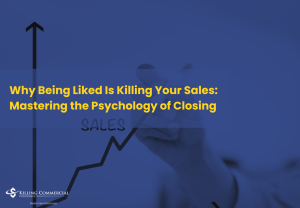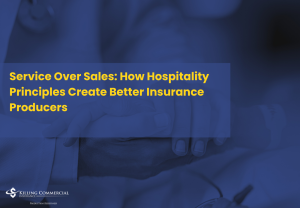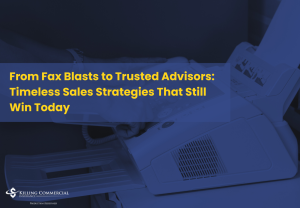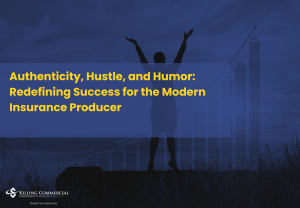
Becoming the AI-First Agency: How Insurance Producers Can Leverage Automation to Outpace the Competition
Artificial Intelligence is no longer a buzzword for tomorrow. It’s today’s most powerful tool for increasing efficiency, lowering costs, and growing your book of business faster than ever before. For insurance producers and agency owners, this isn’t a matter of curiosity or a “nice to have” anymore. It’s a necessity. The reality is that your competition may already be using AI-powered tools to identify prospects, streamline service, and close deals before you even realize you’re in the game.







Responses